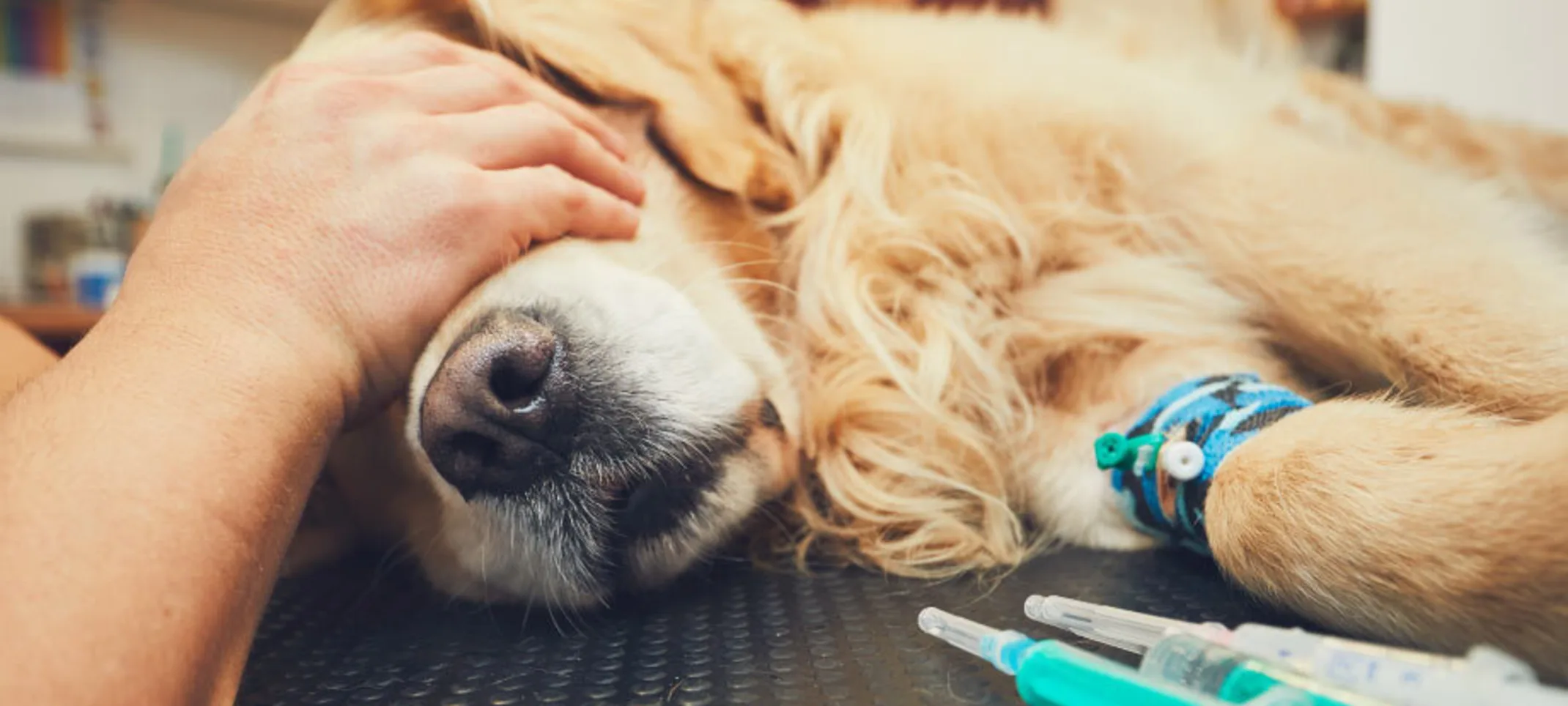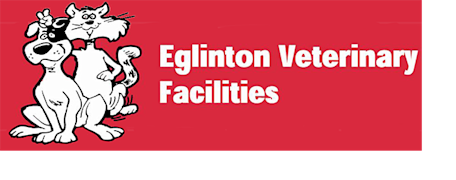Eglinton Veterinary Facilities
Laparoscopic Surgery
We are very proud that Eglinton Vet is one of only a few clinics in the GTA to offer the option of having your pet’s surgical procedure(s) performed laparoscopically.

Laparoscopy is a minimally invasive technique that uses a fiber optic camera and telescope to view internal structures within a veterinary patient. At our clinic, we commonly perform laparoscopic ovariohysterectomies (spays) using this method.
Our team would be happy to answer any questions that you may have about laparoscopy, and/or to book a consultation with one of our doctors. Our laparoscopic procedures are currently being performed by several surgeons with training and experience with this equipment. They are typically available three days per week for laparoscopic procedures. We do see patients who are not regular clients of Eglinton Vet, and will work with your regular veterinarian to do any pre-op work, and we expect that these patients will then return to their regular vet following recovery from the procedure.
Laparoscopic Spays
The most common procedure that we perform with our laparoscopic equipment is a canine spay. Please see the link which will take you to a video of our doctor performing a laparoscopic spay.
Our laparoscopic equipment allows access to the abdomen via one small incision, only 11mm in size. The spay procedure can then be performed completely through this small incision, by manipulating internal tissues which are visualized on a computer monitor under magnification.
Laparoscopic spays are believed to be less painful due to the small incision size, as well as the way that the surgery itself is performed. Using the laparoscope, tissues are identified and cauterized prior to being cut rather than being torn as during a traditional spay. Direct manipulation and cauterization of blood vessels results in less trauma to nerves (fewer pain sensations) and minimal bleeding. In fact, it was concluded in a study in the Journal of the American Veterinary Medical Association that laparoscopic spays are associated with up to 65% less pain than traditional spays.
To ensure a safe and sterile surgical site, your pet will require a larger shaved surgical site than that for a traditional spay.
✂️ Click here to see visual examples.
Performing spays in this way allows us to send your pet home the same day, and the small incision also means that your pet can return to normal activity in a few days (instead of 10-14 days as required after a traditional spay). Many dogs and will also not need to wear an Elizabethan collar (hurray!).
